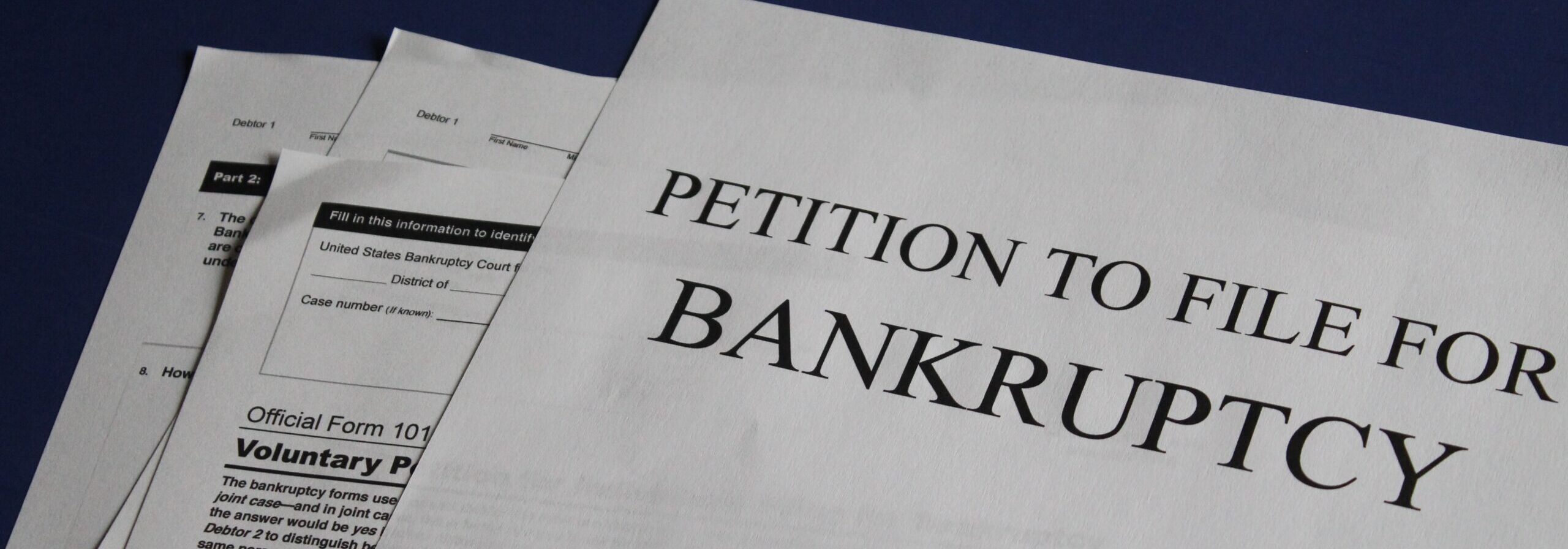During the farm financial crisis in the 1980s, Congress created a temporary title to the bankruptcy code designed to assist family farmers, which has since been expanded to help family fishermen. This Chapter was set to expire in 1993 but was extended by Congress and made permanent in 2005. Chapter 12 allows agricultural operations to reorganize, which the other Chapters do not allow. The idea of this Chapter is to prevent debtors from needing to sell off assets and enable the operation to continue operating through the process.
Agricultural operations and fishermen must qualify for Chapter 12. Current qualifications include:
- Engaged in farming or commercial fishing operations.
- Having total debt of less than $11,097,350 for a family farm or $2,268,550 for a family fishing operation.
- Total farm-related debts of at least 50% or fishing-related debts of at least 80% of all filer debt.
- More than 50% of the filer’s gross income originates from the farm or fishing operation.
One unique feature of Chapter 12 is the “cram down” provision. The cram down allows the debtor to reduce the obligation on secured debt to the value of the collateral. For example, suppose an agricultural operation has a secured debt of $200,000 secured by collateral valuing $100,000. In a Chapter 12 case, the value of the debt would be reduced to $100,000, and the remaining $100,000 would become an unsecured debt. This unsecured debt, like other unsecured debt, could be discharged in bankruptcy proceedings.[1]
Data were obtained on Chapter 12 filings from the Federal Judicial Center for October 1, 2013 to September 30, 2022, representing Fiscal Years 2014-2022. During this ten-year period, 4,284 Chapter 12 bankruptcy cases were filed in the U.S. courts. Southern states, on average, make up 32% of the national Chapter 12 filings each year. That proportion ranges between a low of 26% in 2020 and 2021 to a high of 37% from 2015-2017. Figure 1 shows the percentage of cases filed during this period across the region in each southern state. Georgia leads the region with 19.5%, followed by Florida with 12.9% and Texas with 12.8%. The states with the least number of filings in the region are West Virginia at 0.9%, South Carolina at 2.1%, and Maryland at 2.2%.
Bankruptcy is not something that should be taken lightly. It can have potential impacts on your credit down the road. Before considering bankruptcy, you should always work with creditors to determine if more favorable repayment arrangements can be made. Most creditors would prefer communication from debtors rather than silence. Options other than bankruptcy may exist and working with creditors is always preferred before looking to the court for help.
Figure 1.

This work is supported by the Agriculture and Food Research Initiative (AFRI) program, grant no. 2022-67023-36112/project accession no. 1028056, from the U.S. Department of Agriculture, National Institute of Food and Agriculture.
Any opinions, findings, conclusions, or recommendations expressed in this publication are those of the author(s) and should not be construed to represent any official USDA or U.S. Government determination or policy.
[1] Like in some other Chapters, secured debt may be restructured. This restructuring may change the interest rate, maturity, or other terms of the debt agreement.
Goeringer, Paul, William Secor, and Adam Rabinowitz. “Chapter 12 Bankruptcy as an Option to Relieve Financial Distress.” Southern Ag Today 3(6.3). February 8, 2023. Permalink
Photo by Melinda Gimpel on Unsplash

Leave a Reply